Medlar ‘Nottingham’
£39.99 Original price was: £39.99.£27.99Current price is: £27.99.
- Safe Payments, Secure Personal Information
- Made of environmentally friendly materials
- Top Quality Products
- Best price, safe shopping guarantee

This self-fertile variety produces a heavy crop of medium sized fruits which have an interesting caramel flavour. Medlar trees have large white spring flowers and attractive leathery leaves which turn to golden orange in autumn. The russet coloured fruits are excellent eaten with wine, port and cheese, but they are more usually used for preserves or the Victorian delicacy Medlar cheese.
‘Nottingham’ is grafted onto a ‘Quince A’ rootstock, giving a productive and moderately vigourous tree. Medlars will begin to fruit 3 or 4 years after planting. Root wrap plant supplied. Height and spread: 4m (13′). Rootstock: ‘Quince A’.
Estimated time to cropping once planted: 2 years.
Estimated time to best yields: 4 years.
Height Up to 400cm (158in)
Spread Up to 400cm (157in)
Hardy Tree
kitchen gardenspecimen plantwildlife gardens
full sun
1 Bare Root Tree (Medlar Quince A Rootstock) (14285)
2 Bare Root Trees (V63249P)
These plants are lifted from the nursery field when dormant, and sent to you in late autumn or spring for planting. They often look dead on arrival, but they are just resting in the dormant period and will establish quickly for a strong start in the garden come spring. Set out in prepared soil in holes wide enough and deep enough to lay out the roots. Tread down the planting soil to knock out air pockets. Water well to settle. Apply a mulch to protect roots from cold temperatures. If conditions prevent immediate planting, set roughly into loose soil or a pot of compost (‘heeling in’) to protect the roots.
Set these at the same level as they were in the nursery field – you should see a soil line at the base of the stem. Stake trees, taller shrubs and roses to prevent root disturbance.
Fruit trees do not suffer weed competition well. Keep weeds and grass clear from within a 30cm radius of base of the tree. In spring, while the ground is moist, apply a mulch of well rotted manure or garden compost around the base of the tree, taking care not to mound it up against the stem. This will help to retain moisture throughout the summer. Adequate moisture is essential to produce a good crop. Water Medlar trees during particularly dry periods to ensure that the soil does not dry out.
Pruning Medlar trees begins immediately after planting. Remove the central stem to just above the highest side branch. For the following 3 years, prune only the tips of the remaining main branches by one third in winter. Aim for about six main branches which will form the frame of your tree, with fruiting sub branches growing off of them. From the fourth year, some sub branches can be pruned out at the union where they join the main branch, to allow new sub branches to take their place.
Leave the fruits on the tree until late autumn and harvest medlars in dry weather when the stalk parts easily from the branch. Medlars cannot be eaten immediately and should be stored for 2 or 3 weeks on slatted trays until the flesh has become soft and brown.
| Choose available pack sizes | 1 Bare Root Tree (Medlar Quince A Rootstock), 2 Bare Root Trees |
|---|
Be the first to review “Medlar ‘Nottingham’” Cancel reply
Related products
Fruit Trees
Fruit Trees
Fruit Trees
Fruit Trees
Fruit Trees
Apple Trees & Pear Trees
Apple Trees & Pear Trees
Fruit Trees

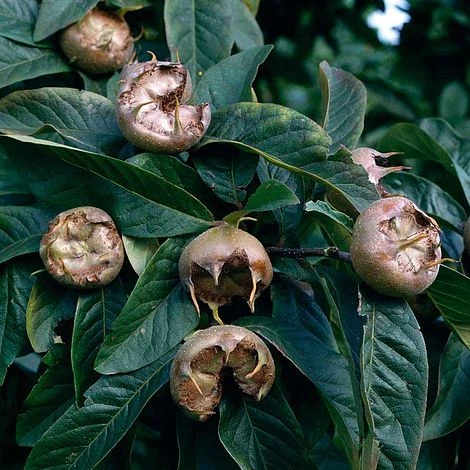
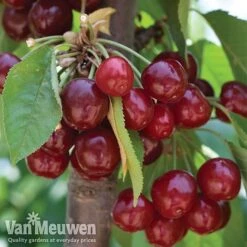

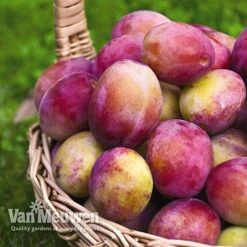

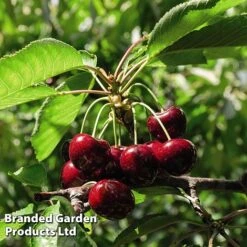
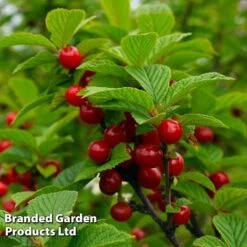

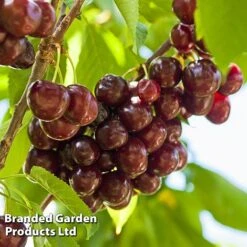
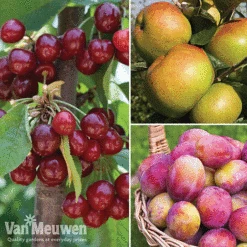
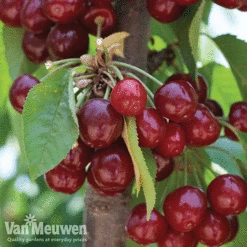
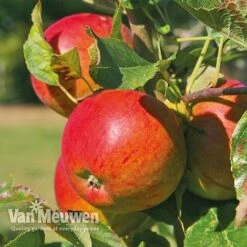
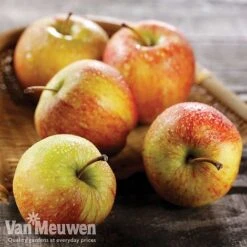
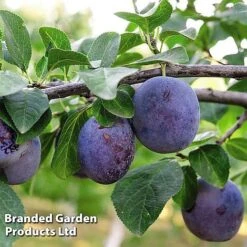

Reviews
There are no reviews yet.